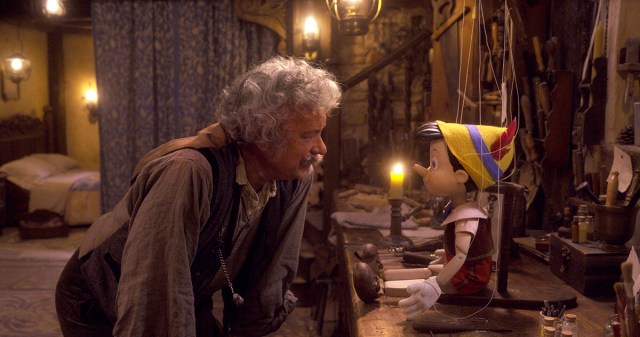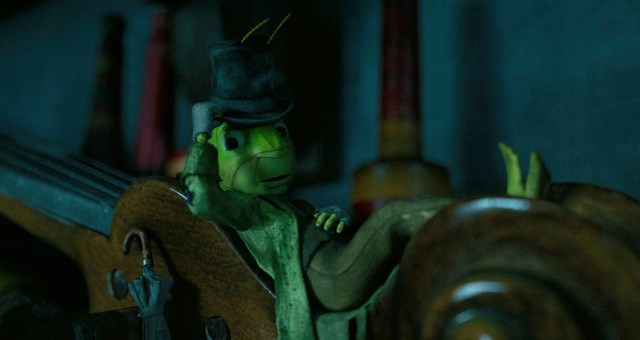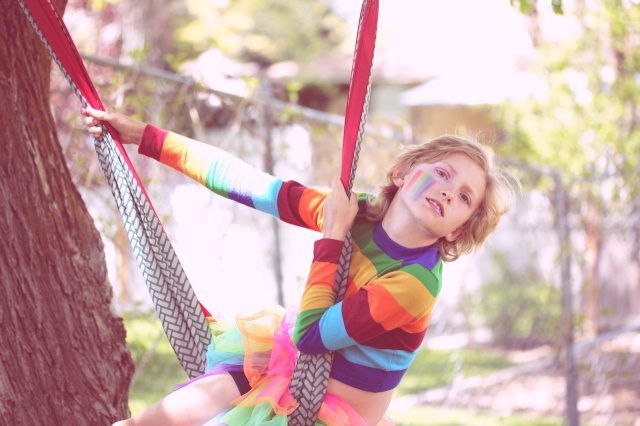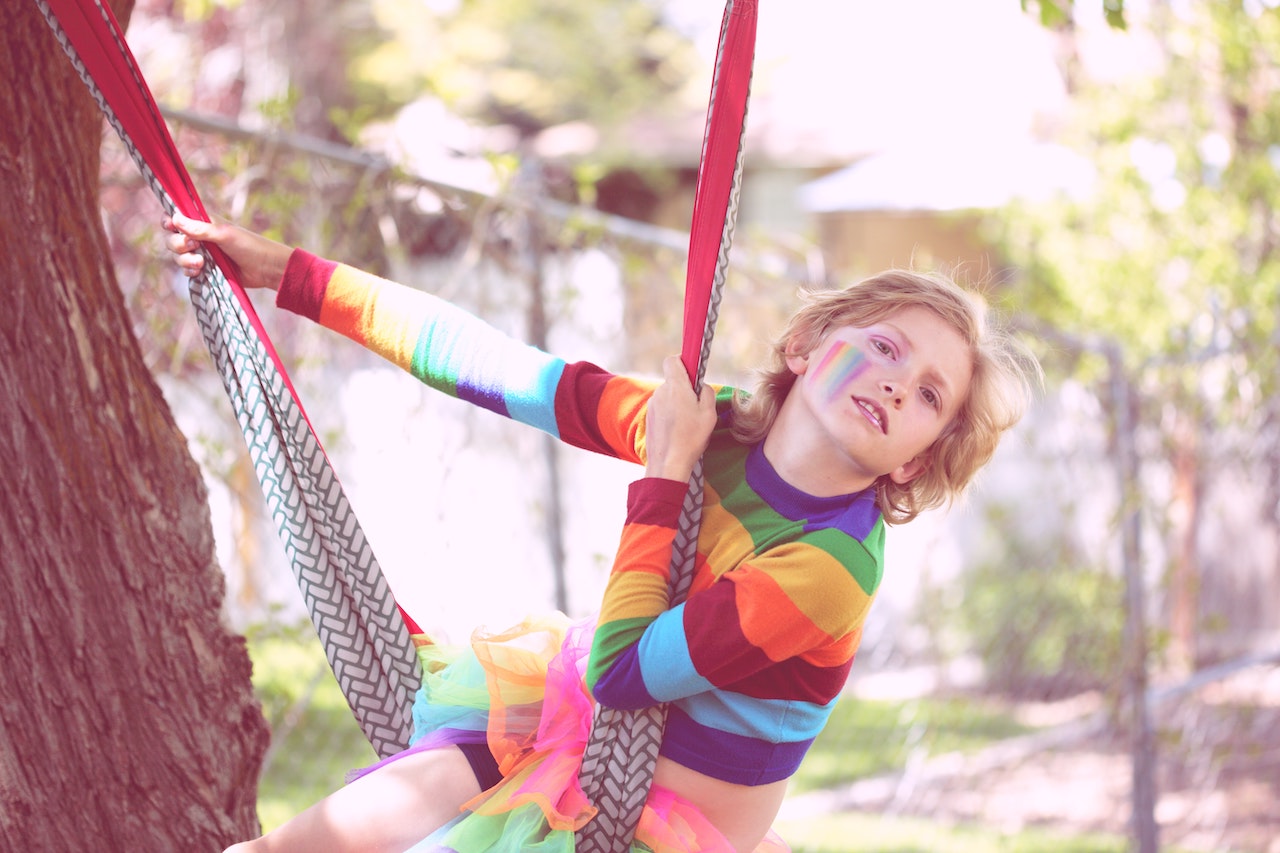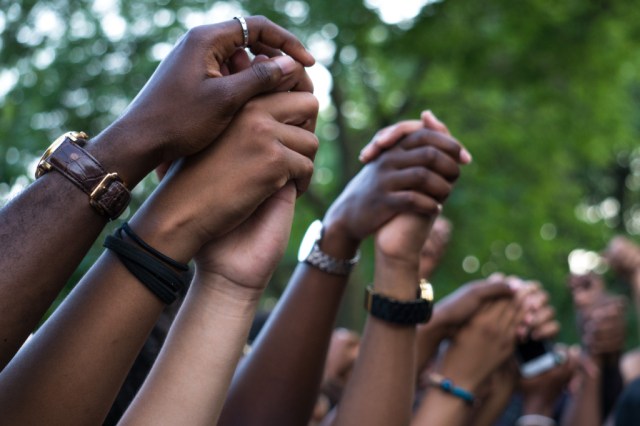It can be easy to tell ourselves all sorts of things about our kids: we were once in their shoes, we’ve been there before, and we know how it feels—all of this is true. It’s also true we didn’t grow up in a tech-driven world, so while we as parents might worry about our kids falling victim to schoolyard taunts and teasing, because of the vast amount of time our children spend connected with digital devices nowadays, our attention needs to shift from in-person bullying to cyberbullying.
What is cyberbullying? Simply defined, cyberbullying is any kind of bullying behavior that’s perpetrated or experienced via digital and Internet-connected devices—smartphones, computers, or tablets. From harassing text messages to manipulation and extortion, kids and teens today are increasingly at risk of being bullied online and because parents and teachers may not overhear or see various types of cyberbullying when it happens, it can be difficult to detect and address.
“For lots of parents who were kids in the 1980s, we think bullying is whatever happened at school translated to online. The reality of cyberbullying is much more complex and the spectrum of abuse more broad than schoolyard bullying,” said Yaron Litwin, Digital Safety Expert & Chief Marketing Officer at Canopy, a leading AI solution to combat harmful online content for kids and teens.
According to a recent survey conducted by the Pew Research Center, 46% of teens ages 13 to 17 reported they have experienced some form of online bullying or harassment. The problem is especially acute for girls, who reported marginally higher incidents of online abuse and harassment compared to boys.
And, with children’s increasingly easy access to digital technologies, cyberbullying is taking an enormous toll on their mental, emotional, and physical health, according to Stop Bullying.Gov, an anti-bullying resource from the U.S. Department of Health and Human Services. While all U.S. states have laws requiring schools to respond to bullying, the laws in many states are still playing catch up to address the prevalence of cyberbullying. For parents, understanding the different forms of cyberbullying that kids and teens can experience is an important first step to help protect them from online harassment and abuse.
Related: What to Do When Your Kid Wants a Social Media Account
Here are 10 types of cyberbullying kids and teens may experience:
Spamming: As the name suggests, cyberbullying via spam is designed to inundate an intended target with unwanted text messages, e-mails, pictures, or videos—delivered through SMS, e-mail, or app inboxes like Snapchat or Instagram. By overwhelming bullying victims’ inboxes, cyberbullies make their abuse difficult to ignore.
Trolling: Some cyberbullies operate by posting intentionally provocative or offensive comments, images, or videos to elicit reactions from others. An online troll baits others into confrontation or conflict, which prompts the troll’s bullying behavior.
Catfishing: Creating fake social media profiles or accounts allows a catfishing cyberbully to pretend to be someone else. This tactic can be used to lure a bullying victim into a conversation or used to spread rumors or post negative content about someone.
Harassment: This can include sending threatening or intimidating messages, posting hurtful or untruthful comments on social media or online forums, and repeatedly sending unwanted messages or requests as a way to harass or abuse someone.
Exclusion: In the same way that kids and teens can be excluded in real life, exclusion in digital spaces can include being left out of group chats, conversations, or events.
Stalking: This involves repeatedly sending messages, following someone online, or gathering information about them with the intention of making them feel uncomfortable or unsafe.
Outing: Kids and teens may share personal and secret information with friends, but when private information is weaponized by sharing it online without consent and with the intention to embarrass or humiliate, it becomes cyberbullying.
Doxxing: Similar to outing, doxxing involves posting personal information, such as someone’s home address or phone number, without consent and for the expressed purpose of causing or encouraging harm or abuse.
Swatting: Swatting is an extreme form of harassment when a bully makes a false report of a serious crime, such as a hostage or active shooter situation, to send a SWAT team or other law enforcement officers to a targeted location. Swatting is a dangerous and illegal prank that has resulted in injury and even death.
Extortion: Digital extortion is a form of cybercrime where a perpetrator threatens to release sensitive or embarrassing information about the victim unless a ransom is paid. This information can include personal photos or videos, financial information, or even passwords. Digital extortion is a growing problem, especially among kids and teens. This is because young people are more likely to share personal information online and may not be as aware of the risks involved.
Technology continues to evolve rapidly, and cyberbullies have taken advantage, using apps like Snapchat’s disappearing messages to harass without evidence. As applications and tools powered by artificial intelligence make online impersonation easier, here are a few tips that parents can employ to help protect their kids from different types of cyberbullying:
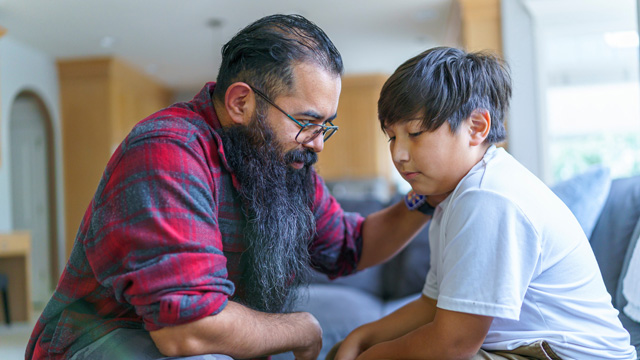
Stay engaged: While it’s easy to become overly protective, it’s important to maintain the right balance between giving kids and teens the privacy they deserve and knowing everything about their online activities. Look out for changes in behavior and be proactive about knowing what’s happening with your child’s friend group.
Ask questions: Although it may be uncomfortable for both parent and child, it’s important to ask questions about what’s going on in your kid’s digital life. What kinds of interactions are they having online? What apps, services, and websites are they frequently using?
Use technology: Oftentimes, kids’ facility with technology exceeds that of their parents. It’s important for parents not to relinquish total control of access to digital devices to their children. There are monitoring apps and services that can help protect kids and families from unwanted harassment and abuse online.
According to Canopy’s Litwin, “Combating cyberbullying requires a mix of AI and PI—artificial intelligence and parental intelligence.”
Related: Having the Tough Talk about Cyberbullying with Your Kids













